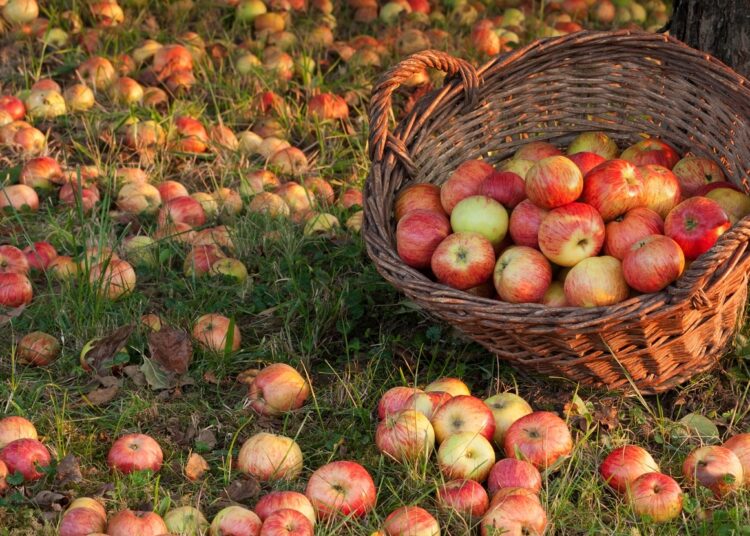The apple harvest season is a significant time of the year, not just for farmers, but also for consumers who eagerly anticipate the fresh, crisp taste of newly picked apples. In the United States, the apple harvest season varies depending on the type of apple and geographical location, offering a delightful array of flavors from late summer through late fall12.
When Do Apples Ripen?
Early varieties like Gala and McIntosh apples typically ripen from late August to mid-September in most temperate apple-growing climates1. These early bloomers offer a sweet-tart flavor that’s perfect for snacking or baking.
Mid-season apple varieties ripen around September, providing a different set of flavors and textures2. Some types of apples even continue to develop their best flavor during the frosty days of autumn, ripening into late October or November34.
Late-season apple varieties, such as the Red Delicious, generally reach their peak in late September5. These varieties are known for their juicy crunch and sweet flavor, making them a favorite for fresh eating and salads.
The Art of Picking Apples
Knowing when to pick your apples is an art that requires keen observation. The color of the apple is often the easiest way to check its readiness. As they mature, apples undergo a color shift – usually from green to red, yellow, or orange4.
However, apple ripening can vary greatly even within a single tree’s canopy6. Therefore, it’s essential to regularly monitor your apples during the harvest season.
Storing Your Harvest
Once harvested, apples can be stored for extended periods, allowing you to savor the flavors of the season well into winter. Proper storage involves keeping the apples in a cool, humid environment, which slows down the ripening process and prevents shriveling5.
The Window of Opportunity
Harvesting apples at the optimal time is crucial for getting the best quality fruit. Typically, there is a 7 to 11-day window of opportunity for harvesting fruit of optimal quality7. This timing can vary by a few days depending on the specific variety and local weather conditions.
In conclusion, the apple harvest season is a vibrant time filled with a variety of flavors and aromas. From the early Gala and McIntosh to the late-season Red Delicious, each variety brings its own unique charm to the table. So, next time you bite into a fresh apple, take a moment to appreciate the journey it’s taken from the tree to your hand.















